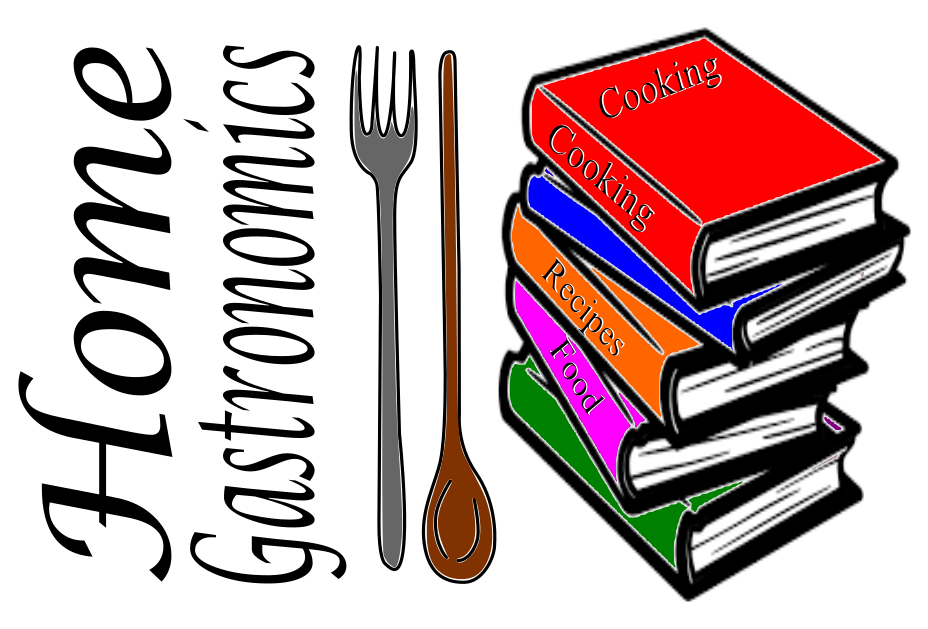
Hail and well met oh all mighty squires of cooking,
Time slips away and I have been focused on a project for you all that has now been put on hold while I do some more research.
To whet your desires I have decided to write something for you that has struck a heart chord with me recently. As with most of my musings, this really applies to any circumstance save the one where you might be alone, at home, cooking for your family. Even if it is Thanksgiving or Christmas dinner, if you have anyone helping you in the kitchen, you have the opportunity to be the leader.
Let’s get some picky basics out of the way. The leader is whoever the person in charge is, the person who is running the show. In professional kitchens there can be multiple leaders, often formed into some kind of hierarchy. Traditional hierarchy from the top would be the Executive or Head Chef, the Sous Chef or Sous Chef team, the Saucier or a Chef’s Assistant under another title, and the expediter or Expo who may be any of the above or a senior line cook. Different operations have different set ups, and some operations may have a senior line cook leading each station.
The restaurant that I work in uses a number of senior line cooks as expediters. Each shift is overseen by a Sous Chef. A Head Chef is in charge of the entire operation, while an Executive Chef oversees multiple locations.
There are a number of skills and qualities in being a leader that can be found in many articles about leadership. I’ve included a few that I referenced at the end. Kitchens give a unique perspective on these qualities that might not apply in other venues that the quality itself still does. First we have to bear in mind that the days of the alleged “classical French kitchen” and the raving mad Chef are long gone. When you see Gordon Ramsey or Robert Irvine on the Food Network screaming at a bunch of cooks, remember that much of reality TV is sensationalized to create a dramatic effect. The atmosphere in a kitchen is hectic, loud, and hot. These three things can lead to many misunderstandings if the leader is not calm and in control. Let’s talk about some of the commonly accepted leadership qualities and how they apply in a kitchen.
1) Confidence, Focus & A Positive Attitude:
Confidence is what gives that leader the calm and cool demeanor. The confidence that they know what they’re doing, what to expect, and how to react in any situation will maintain a calm in the storm. It oozes into everyone surrounding the leader and allows them to maintain the control that is required. It is important to note that confidence is not the same thing as arrogance.
Merriam-Webster defines confidence as “A feeling or belief that you can do something well”, while arrogance is defined as “An insulting way of thinking or behaving that comes from believing you are better, smarter, or more important than other people”.
Confidence and calmness will also allow you to draw a positive attitude that will permeate your team in times of uncertainty. When your prep cook tells you that you are out of a key ingredient for the night’s special, things start to look rather bleak. Making sure you have a plan and reassuring your team with “No worries, we’ve got this” will have a much better effect than gruffly saying “Make it happen”.
This then leads into focus. A leader should not only be reassuring and ready to put plan “B” into action, they should be looking at potential problems that don’t yet exist and making plans for every contingency. A leader should be organized, keeping the best interest of the operation in mind, and always planning 5 steps ahead.
2) Communication & Integrity:
Communication sits at the crux of all success, it is something that the human race has struggled with for the longest of times. Fortunately, good communication skills are something that can be learned. Many communication skills, as well as performance or projection skills are almost inherent in a kitchen setting. Make good eye contact, confirm who you are talking to, acknowledge and sometimes repeat what you have heard, speak clearly, listen to others.
Let me give you an example of a common exchange in my kitchen…
Wookiee: Hey Bob, I need a burger mid-rare with bacon and cheddar. Sam, drop fries to go with that burger.
Bob: Medium rare with bacon and cheddar heard.
Sam: Fries down.
Wookiee: Thanks Guys.
I pause after saying Bob and Sam’s names and look for them to make eye contact with me. When they make eye contact, I know that I have their attention and they are listening to me. In busy kitchens, or with a team you have worked with a lot, you may not need to make eye contact. The callback then becomes very important. If I don’t hear that callback pretty quickly, I’m going to be asking if they heard me.
In the hustle and bustle of a kitchen, you sometimes need to be loud. Loud is easily confused with yelling or screaming. Proper projection and use of your diaphragm will save you quite a bit of trouble, both in your personal health and your relationship with your team. If you go home at the end of a busy shift with a sore throat or losing your voice, you’re doing something wrong.
Having integrity is what separates the leader who is speaking loudly and the raving lunatic who is in charge. When your team knows that you are not the kind of person to lose their mind and start screaming, then they will recognize the difference between a loud voice and yelling. Integrity also involves honesty. If a team member is making a mistake, telling them they’re doing a great job is actually a disservice. It hurts your overall operation because that team member will keep doing things incorrectly because they were told it was right. Integrity is not brutal honesty though. As important as it is to be honest, you shouldn’t call that team member making a mistake a fuck-up or say that they never do anything right. This causes bitterness and anger, which leads to other problems.
3) Commitment:
To the kitchen leader, commitment is about maintaining standards. Standards are important in every aspect of the operation, from following the recipes to correctly plating orders before selling tickets. A committed leader tastes food, wipes plates, doesn’t let anything go out if it’s not perfect, and coaches the team on how to make it perfect.
Like so many other things, a leader who is committed will drive that commitment and that strive for perfection into their team. However, a committed leader must lead by example. Expecting high standards from your team, when you regularly don’t wash your hands (or some other such thing), makes you a hypocrite not a leader.
There is one other aspect to commitment, and that is decisiveness. Sometimes a leader is required to make difficult decisions, and must make those decisions with the best interest of the operation in mind. It is important to commit to your decisions and not waver, even if it is a difficult and possibly unpopular decision.
Recently my operation decided to remove an item from the menu. Most of the servers complained about it. A few guests said they were upset that it was removed. Removing that one item saved almost $40,000 in the first quarter. On the surface the decision was unpopular, but ultimately it was the best decision for the operation.
4) Inspiration, Motivation & Passion:
More than likely, a leader in a kitchen became a leader because they were passionate about it. A passionate leader inspires others to follow them and to give their best. Your team should feel invested in the accomplishments of the operation. They should be proud of the successes and have a desire to improve on any failings.
Motivation is best accomplished by being that committed leader who leads by example and offers guidance to your team. When doing this, an integral part of guiding is in your approach. Your approach should be malleable and change based on a number of factors including the person that you’re dealing with and the specific situation at hand. You might guide a cook who has no experience differently than someone fresh out of culinary school or one of your prized line cooks who has been with you for over a decade.
5) Competence & Knowledge:
A leader is much easier to follow if they are familiar with the processes they are leading and capable of performing those processes. They should have a thorough knowledge of the operation from every angle.
Whenever a team member requires direction, it will be the leader that they look towards. Because of this, being competent and knowledgeable is beneficial when the leader might be required to instruct or train a team member. In a less than pleasant situation, if a leader needs to coach or correct a team member on something, the leader should be able to explain the correct process as well as why the process should be done a certain way.
Well, that should provide you all with something to think about. Until next time, keep leading and…
May the Food Be With You.

